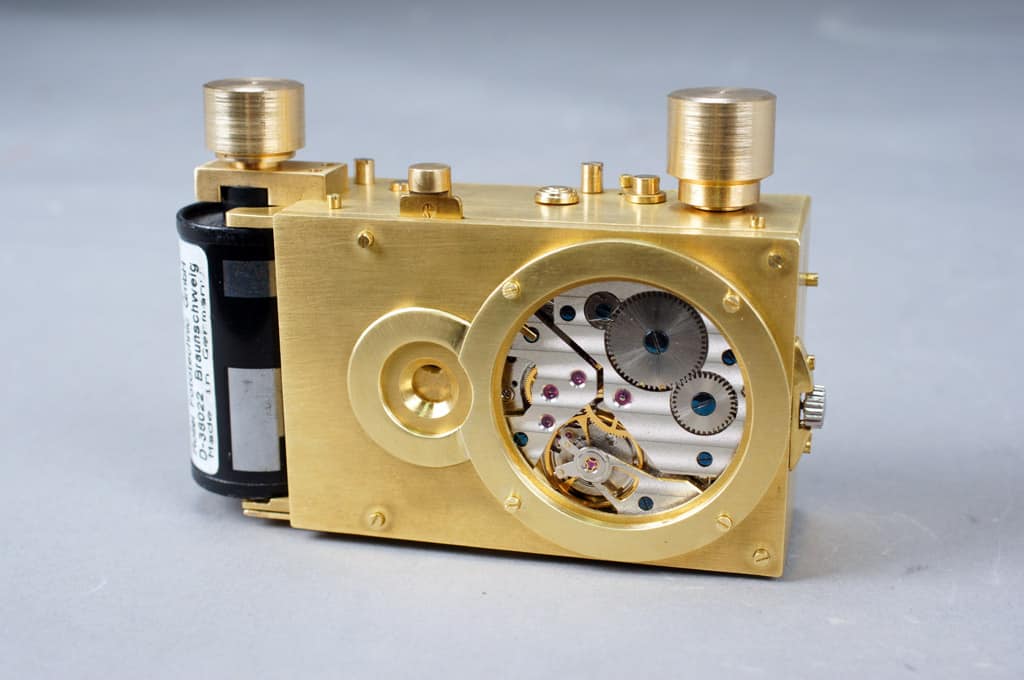Sometimes, something so cool comes to our attention that even though it’s not a watch, we have to show it to you. Well, this is one of those situations, kind of. You see, what we are about to discuss isn’t a watch, but its most fundamental function is powered by one. Introducing the Heartbeat cameras by Kwanghun Hyun, a series of beautiful handmade cameras that utilize watch movements for their timing mechanisms.
Kwanghun Hyun is a Korean photographer, designer, tinkerer, craftsman and engineer rolled into one. Educated in metal craft at Hongik University, Seoul, his work is less focused on the end product and rather on the tools used to create it. From lighting devices to tools to lenses to the occasional watch (more on that later) he creates industrial objects from scratch. The objects that he is most focused on, however, are pinhole cameras.
For those unfamiliar, a pinhole camera is essentially the simplest and oldest form of camera, being a direct descendant of the camera obscura. Basically, when reflected light passes through a small hole the image is preserved and projected, up-side down. The smaller the hole the sharper, but dimmer, the image will be. A camera obscura uses this principle to project an image live, say onto a canvas. A pinhole camera uses the same exact principle in a light sealed box to expose film. Pinhole cameras can be as simple as shoebox with a hole in it, or as complicated as Mr. Hyun’s creations.









 Featured Videos
Featured Videos













